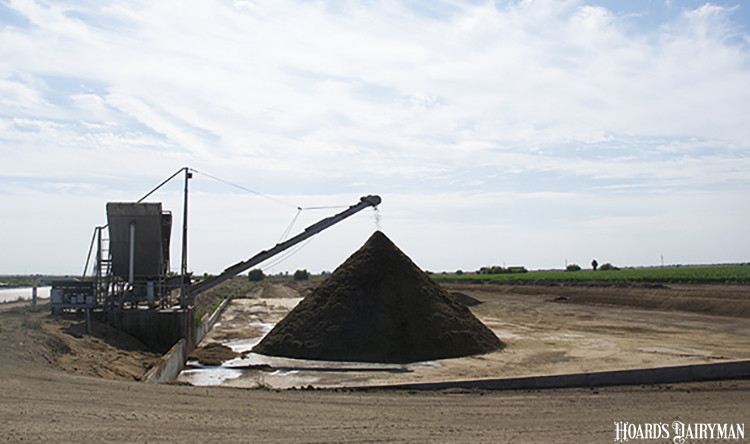
Dairy farmers have long been environmental stewards, tending with great care to their land and water as they sustain it for future generations. Thanks to these efforts, producing a gallon of milk in 2017 required 30% less water, 21% less land, and a 19% smaller carbon footprint than it did in 2007. But more can be done. Dairy farmers and their stakeholder partners have committed to becoming carbon neutral or better by 2050 and to improving water quality by optimizing the use of manure and its nutrients, among other methods.
The dairy industry has established the Net Zero Initiative to realize these critical goals. The National Milk Producers Federation (NMPF) is spearheading the initiative’s policy agenda of supporting environmental markets, encouraging greater adoption of innovative technologies and practices, and enhancing conservation programs to better meet dairy’s needs. As is well-known, today’s political climate is not conducive to making important policy changes. But NMPF is making steady progress enacting policies that will help bring Net Zero to life.
First, the initiative is aiming to bolster emerging environmental markets, which can help dairy farmers earn credits for climate stewardship efforts. NMPF has worked to build momentum toward passage of the bipartisan Growing Climate Solutions Act, which passed the Senate by a 92-8 vote last month and awaits House approval. This important measure will encourage greater farmer participation in markets by enabling the U.S. Department of Agriculture (USDA) to informally certify providers that help farmers generate credits. NMPF commends Senate Agriculture Committee Chairwoman Debbie Stabenow (D-MI) and Senator Mike Braun (R-IN), the authors of the Growing Climate Solutions Act, for their tireless work to pass the measure.
Second, Net Zero seeks to spur adoption of innovative technologies and practices. Digesters and nutrient-recovery technologies can transform manure into a vital revenue stream for farmers by generating renewable energy and removing nutrients from manure, but their installation cost often inhibits adoption.
NMPF worked with Senator Sherrod Brown (D-OH) to incorporate an Investment Tax Credit to cover these upfront costs into legislation that the Senate Finance Committee recently adopted. Senators Brown and John Thune (R-SD) and Representatives Ron Kind (D-WI) and Tom Reed (R-NY) are championing a standalone version, too. Similarly, numerous feed additives can reduce enteric methane emissions by 30% or more, but the Food and Drug Administration’s approval process slows their arrival on the market by treating them as drugs.
Also, at the end of June, NMPF secured language in the House’s 2022 Agriculture-FDA spending bill to direct FDA to seek solutions that regulate these additives as foods, expediting their approval.
Third, NMPF is working to improve conservation programs to better support dairy farmers. Producers have long relied on these programs as they undertake on-farm stewardship practices, but current offerings do not focus on manure and feed management, which hold key emissions reduction potential for dairy. With infrastructure legislation advancing, Chairwoman Stabenow is leading an essential effort to enhance conservation funding with emphasis on climate-smart practices that will yield meaningful environmental benefits. NMPF supports this initiative to strengthen conservation policy for the long term.
For Net Zero to succeed, dairy farmers of all sizes and in all regions need access to multiple innovative technologies and practices. Making this happen means providing adequate support to ensure their adoption. More work lies ahead, but in a year marked by unique political chaos, NMPF has made significant headway toward making Net Zero’s goals a reality.







